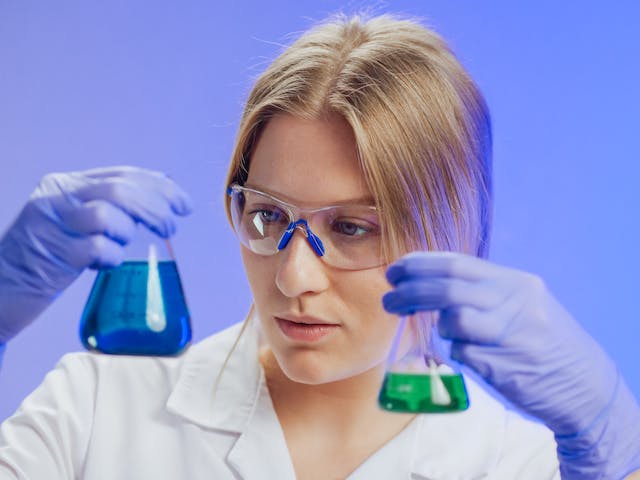Drug discovery is a long and complex journey that involves many different steps to find new therapeutic treatments for various diseases. It is a process that begins with the screening of large numbers of chemical compounds followed by iterative testing of those compounds to identify the ones with desired properties. Each step along the way is crucial to the success of the entire process, but developing quality assays is an especially important step.
What Are Assays?
Assays are biological tests or investigative procedures that assess the quality of a compound and its effects on molecular, cellular, or biochemical targets. They are key tools in drug discovery, as they allow scientists to test compounds for their potential therapeutic effects. A well-designed assay can provide critical information about a compound’s activity, selectivity, and toxicity.
There are also a couple of different types of assays: biochemical (cell-free) or cell-based. While each type has its own benefits and drawbacks, cell-based assays have recently provided better overall success in identifying new drug classes.
How Developing Quality Assays Help the Drug Discovery Process
There are many factors that go into the development of successful therapeutic treatment. For a drug to be effective, it must be able to bind to its target protein with high affinity and specificity. It also needs to be selective for its target over other proteins, as well as have a favorable safety profile. Assay development is crucial to test for these properties.
Compounds that show promising results in initial screening assays will go on to be tested in more complex assays that better approximate the conditions of the disease. These more complex assays help to validate the compound’s therapeutic potential further. If a compound can still show efficacy in these more complex assays, it will move on to animal testing.
The development of quality assays is, therefore, a vital step in the drug discovery process. Without them, it would be very difficult to identify potential drug candidates. Assays help to ensure only the most promising compounds are advanced to the next testing phase, saving time and resources in the long run.
What Does a Weak Assay Mean for Drug Discovery?
A weak or poorly designed assay can give false positives, meaning compounds that appear to have the desired therapeutic effect when tested in the assay may not actually have that effect in vivo. This can lead to wasted time and resources spent on compounds that are ultimately ineffective.
Additionally, weak assays can give false negatives, meaning compounds that do have the desired therapeutic effect may not appear active in the assay. This can lead to compounds being overlooked. It is, therefore, important to design quality assays that are specific, sensitive, and predictive of in vivo activity. Only then can they be truly useful tools in drug discovery.
Quality assays help ensure that only the most promising compounds move on in the testing process and play a crucial role in identifying potential drug candidates.
